18 Pro Tips to Repair Your Damaged Hair Fast



Elizabeth Denton


You know damaged hair when you see it—and feel it. You might have visible breakage and split ends, dry hair that’s brittle to the touch, an overall dull and lifeless style, and probably some extra frizz. Before you can begin to repair your damaged hair, you have to admit you most likely have a problem. “If you are seeing some of your ends splitting, or it is taking forever to dry your hair, it may be slightly damaged,” says colorist Aspen Rae Tengler. “However, if your brush or bathroom floor has more hair than your head, it is probably breakage due to chemical damage.” Eek!
Carla Rivas, veteran hairstylist, agrees: “Damaged hair can look different on different hair types, but there are a few things that are quite standard across the board. Visible split ends, or splits in hair mid-shaft, breakage, and dry hair that feels coarse and brittle are all telltale signs of damage.”
Don’t panic. It is totally possible to help heal some of that hair damage as well as prevent future breakage. Get ready to introduce regular haircuts, some new hair care (like reparative hair masks, hydrating leave-in conditioners, and nourishing oil treatments), and maybe even a little less shampoo (more on that later). A few small changes can make a big difference to the health of your hair. Follow these expert tips to get shiny, healthy hair and say goodbye to damage for good.
Need more tips and tricks to manage damaged or frizzy hair? Check out this video:


It's about glam time you treated yourself.
MEET THE EXPERT
Carla Rivas is a hairstylist and founder of Hair La Vie.
Aspen Rae Tengler is Denver-based colorist and co-owner of Carson & Co. Salon.
Meri Kate O’Connor is a celebrity colorist and extension expert at Benjamin Salon in Los Angeles, CA.
Here’s Exactly How to Repair Your Damaged Hair:
1. Start Taking Vitamins
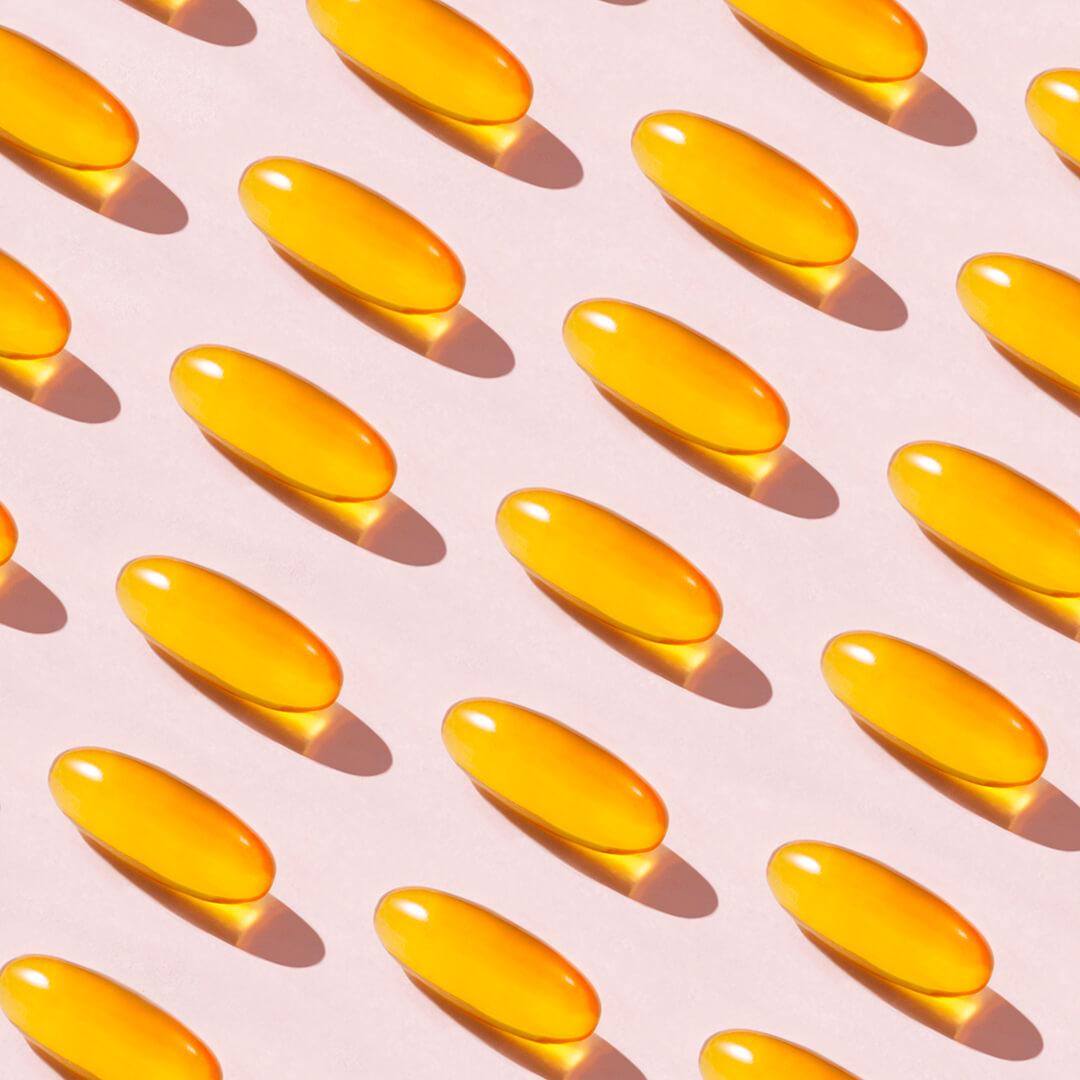

Use a vitamin to support hair and scalp health, like HAIR LA VIE Clinical Formula Hair Vitamins, which contain a comprehensive blend of nutrients to help grow, strengthen and protect the hair.
Here are more of Rivas’ top picks of hair vitamins:
EVNol Max®
Made from super-effective forms of Vitamin E, Tocotrienols have been clinically shown to promote healthy hair growth and fullness.
US Saw Palmetto
A potent berry extract used to help promote healthy DHT levels, a naturally occurring hormone in the body that contributes to the normal thinning of hair associated with age by shrinking hair follicles.
Hydrolyzed Collagen
This protein is responsible for the strength and elasticity of hair and skin and plays a large role in hair revitalization. Although collagen is found naturally in the human body, our own production decreases as we age.
Bamboo Stem & Leaf
Nature’s richest source of Silica. Bamboo stem and leaf is a mineral that plays a role in hair luster and elasticity while helping to promote strong hair from root to tip.
2. Use a Better Shampoo and Conditioner
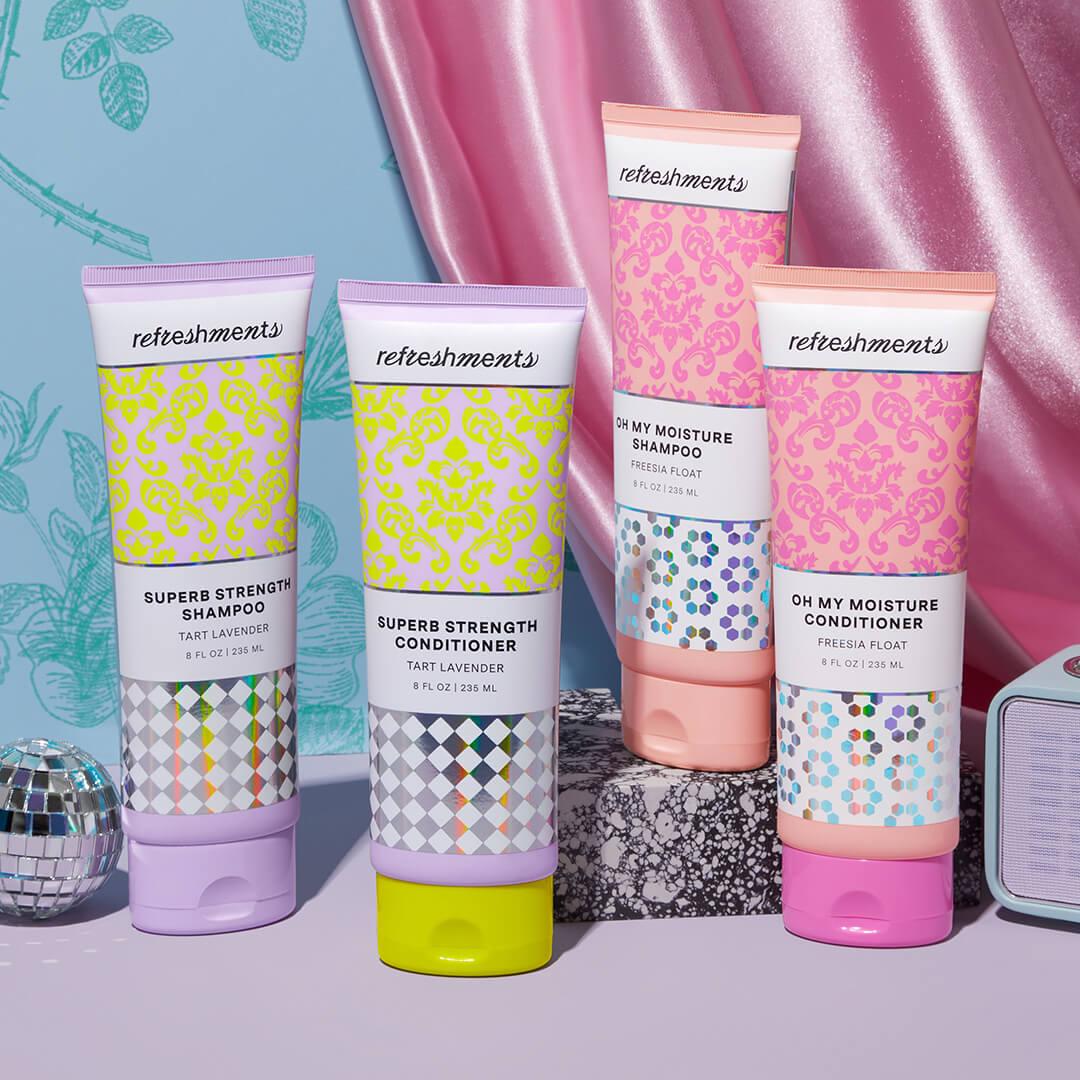

“There are few key ingredients that I would recommend looking for in a shampoo and conditioner to help with hair damage,” explains Rivas. “Keratin is a moisturizer made of molecules that resemble the keratin found in the genetic makeup of hair. The small particles are able to help penetrate hair to make it feel softer, and look more voluminous and shiny.”
Rivas says to choose a keratin shampoo if you’re able to. Also look for vitamins D3, E, and B5, which all serve different functions but help support your hair and scalp health, according to Rivas. “Another ingredient I like in my shampoo and conditioner is peppermint oil, which helps to fortify and support the hair cuticle in its ability to retain moisture from other ingredients while helping relax muscles and stimulate circulation to the scalp,” she says.
O’Connor agrees. “Professional-grade shampoo and conditioner has higher quality ingredients that can help to penetrate the hair follicle deeper and repair better than a drugstore product can,” she says.
3. Get Regular Trims
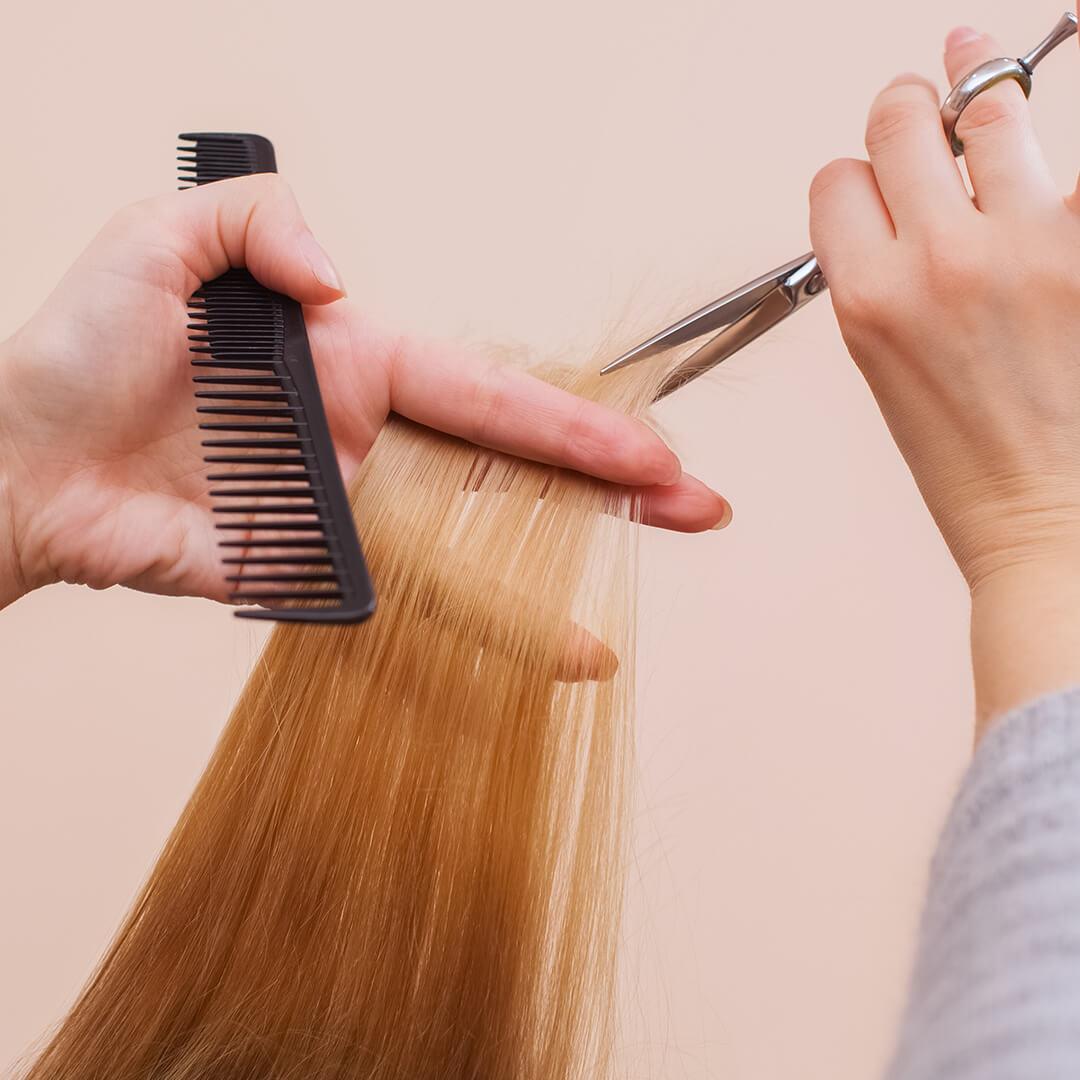

Even if you’ve been growing out your hair for what feels like forever, it’s important to get regular trims to remove dry and split ends. You cut your nails and exfoliate your face, right? Basically, it’s the same idea. Cutting off those dead ends prevents splits from traveling up your hair and breaking off even more length.
“Trims cut off weak and/or split ends which will keep hair healthy,” O’Connor says. “By not cutting split ends, you can cause more damage to the hair because the split will travel up the hair over time, making it weaker and causing it to break.” Tengler recommends getting trims every four to six weeks if you’re maintaining a cut you love, or every six to eight weeks if you’re growing it out.
4. Invest in a Hair Mask
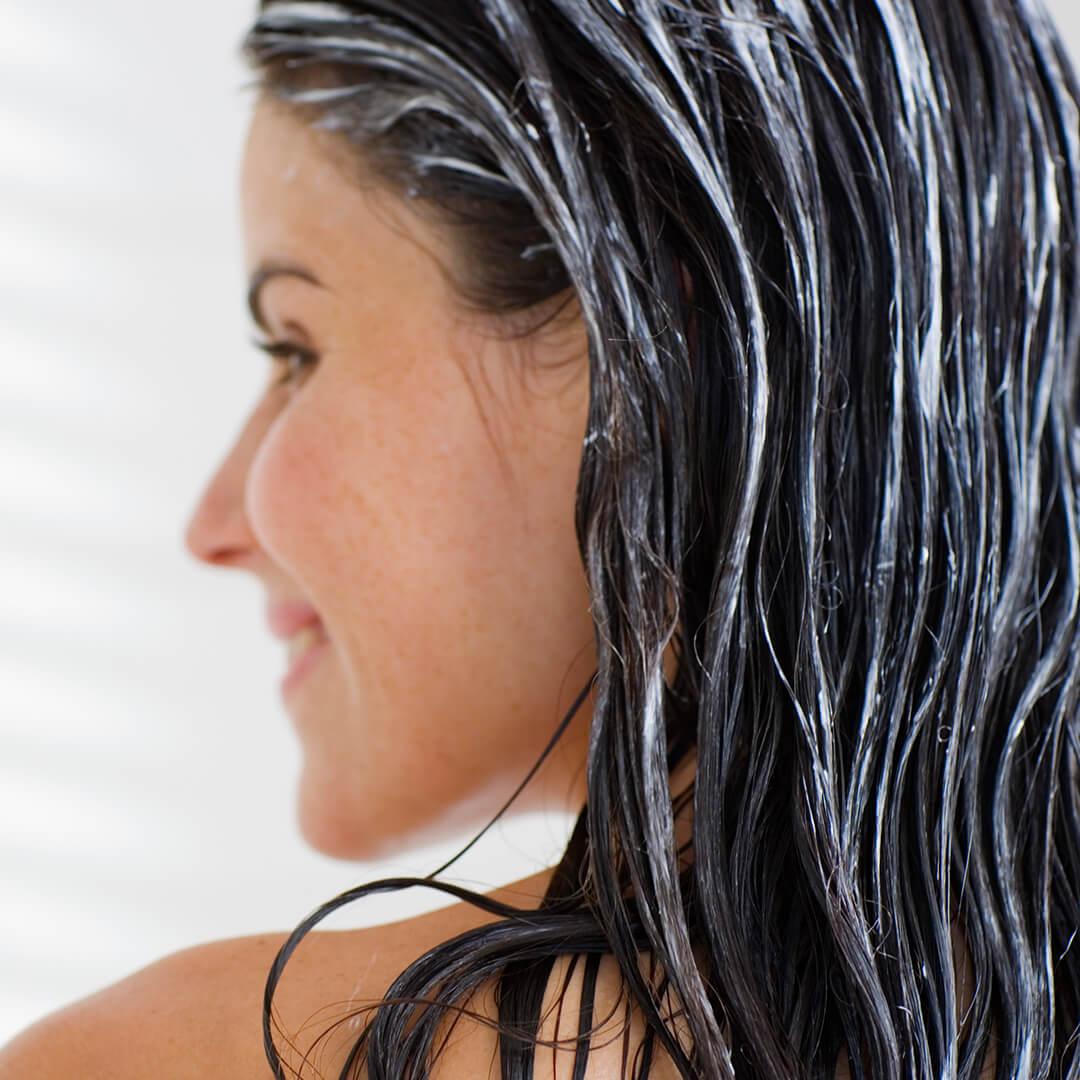

Pro tip: Hydrated hair is healthy hair. Get there by investing in good hair care, which includes a good moisturizing hair mask to help repair damaged strands over time, as well as make your hair look glossy the next day. With hydrating botanical ingredients and oils (like the nourishing rosehip oil in BRIOGEO HAIR CARE Don't Despair, Repair!™Deep Conditioning Mask), reparative keratin, and protective amino acids, hair masks and deep conditioners both hydrate and strengthen at the same time.
Use the deep conditioning treatment in place of your conditioner every few times you wash your hair. “A good hair mask will keep hair moisturized and help repair hair,” O’Conner says. “Over time this will make your hair stronger and less prone to damage.”
5. Don’t Brush Wet Hair (Seriously!)
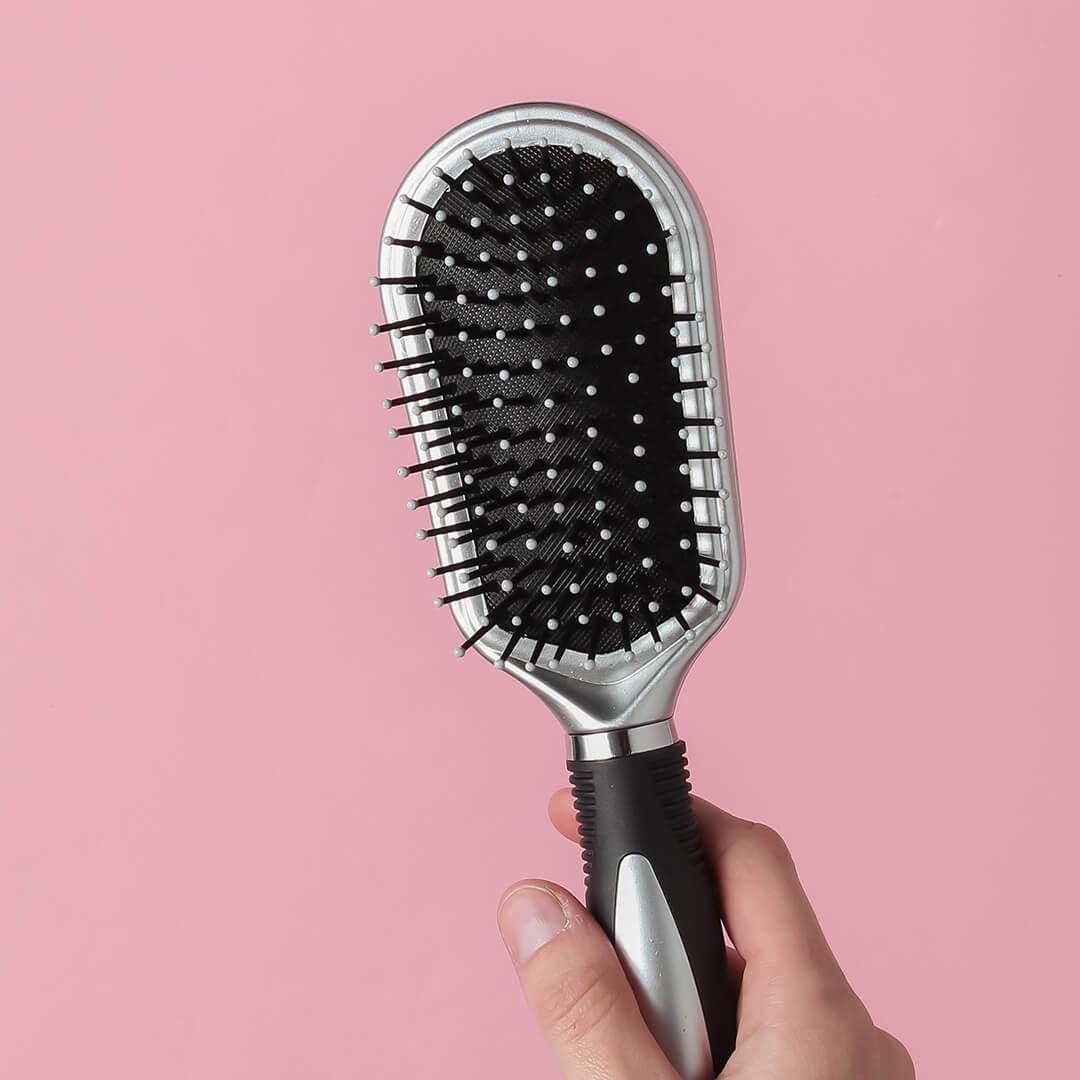

“Brushing wet hair is allowed if you have a brush specifically made for wet, fragile hair to be detangled,” says Tengler. When in doubt, reach for a wide-tooth comb that won’t snag on hair when it’s at its most vulnerable. And as a general rule when you’re brushing wet hair, make sure you’re applying a leave-in product to help the brush glide through without any snagging or breakage. We love COLOR WOW HAIR Pop + Lock Frizz Control and Glossing Serum, which helps nourish damp hair, disguise split ends, and lay down the hair’s cuticle for a healthy, shinier look.
6. Use Hair Sunscreen

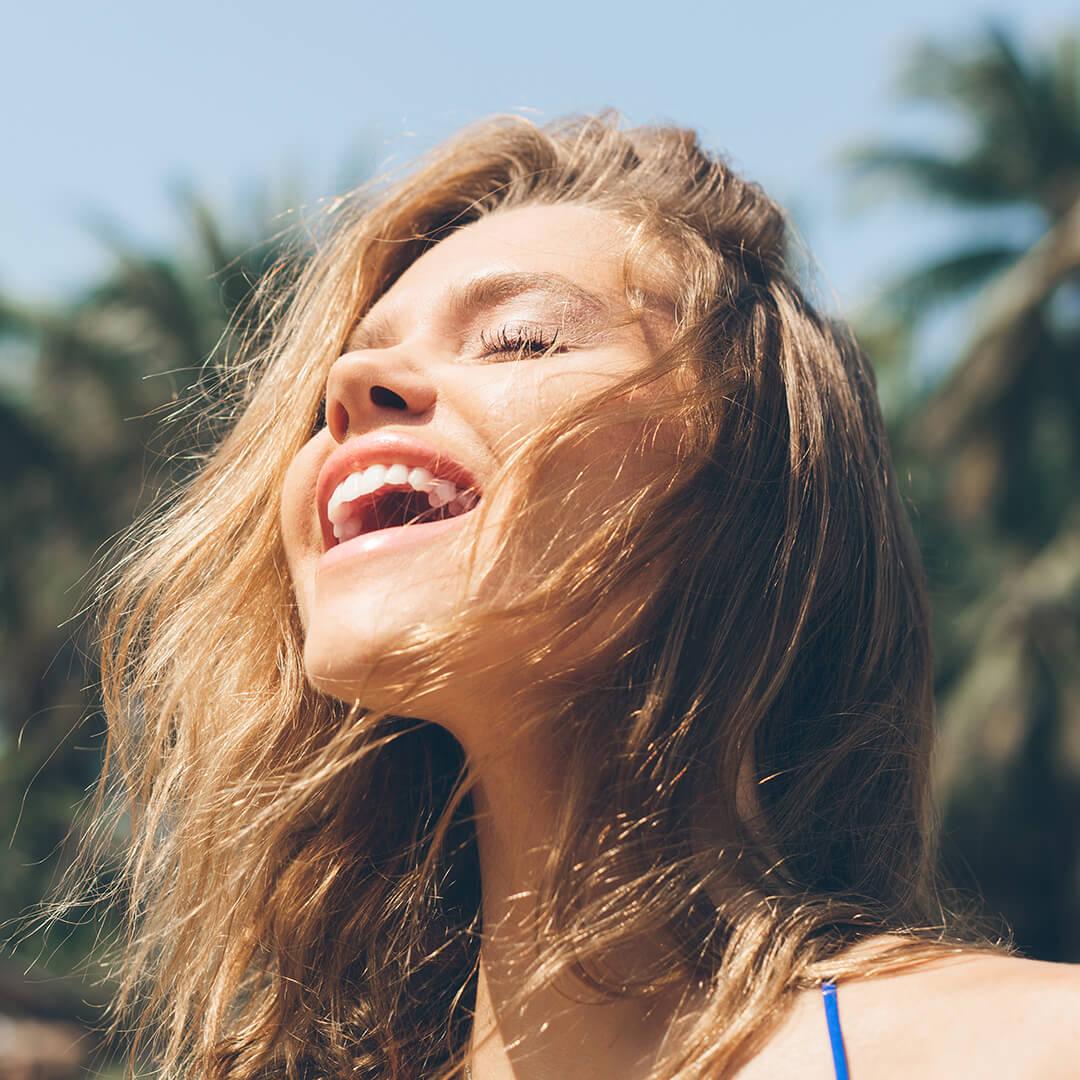
Yes, really: Hair sunscreen is a thing, and it’s actually super important when protecting your strands. Just like skin, hair can get damaged by UV rays. “Hair sunscreen will prevent damage and oxidation that comes from the sun's rays,” O’Conner says. It’ll also keep your color true longer and keep it from turning brassy.
If you’re spending some time out in the sun, pop on a hat or apply a hair sunscreen. Don’t worry—it won’t leave your hair greasy. “Invest in hair products that have heat and UV protectant in them for the best protection against rays and temperature,” says Tengler.
7. Limit Chlorine Exposure


“If possible, limit your time soaking [your hair] in the pool,” says Tengler. Pools are full of chlorine, which sucks the natural oils from your hair, leaving it dry, rough, and damaged. “If you are a swimmer or spend lots of time with your hair in the water, use products that can protect against chlorine,” notes Tengler. O’Conner recommends “putting conditioner or oil in your hair pre-swim” to help avoid the damage all together. And don’t forget the hair masks afterward!
8. Add in a Hair Oil


Tengler loves argan oil (which contains fatty acids and vitamin E) and good old coconut oil to leave hair soft and manageable. When your hair is feeling extra-rough, such as after a dip in the pool, use a little argan oil to add softness back into strands. You can even DIY a leave-in conditioner with coconut oil. Heat up a small amount, and apply it to your hair from mid-shaft to ends. If you prefer the store-bought method, we love the replenishing ceramides and essential fatty acids in BRIOGEO HAIR CARE Don't Despair, Repair!™ Strengthening Treatment Oil.
9. Look for Bond-Repairing Hair Treatments
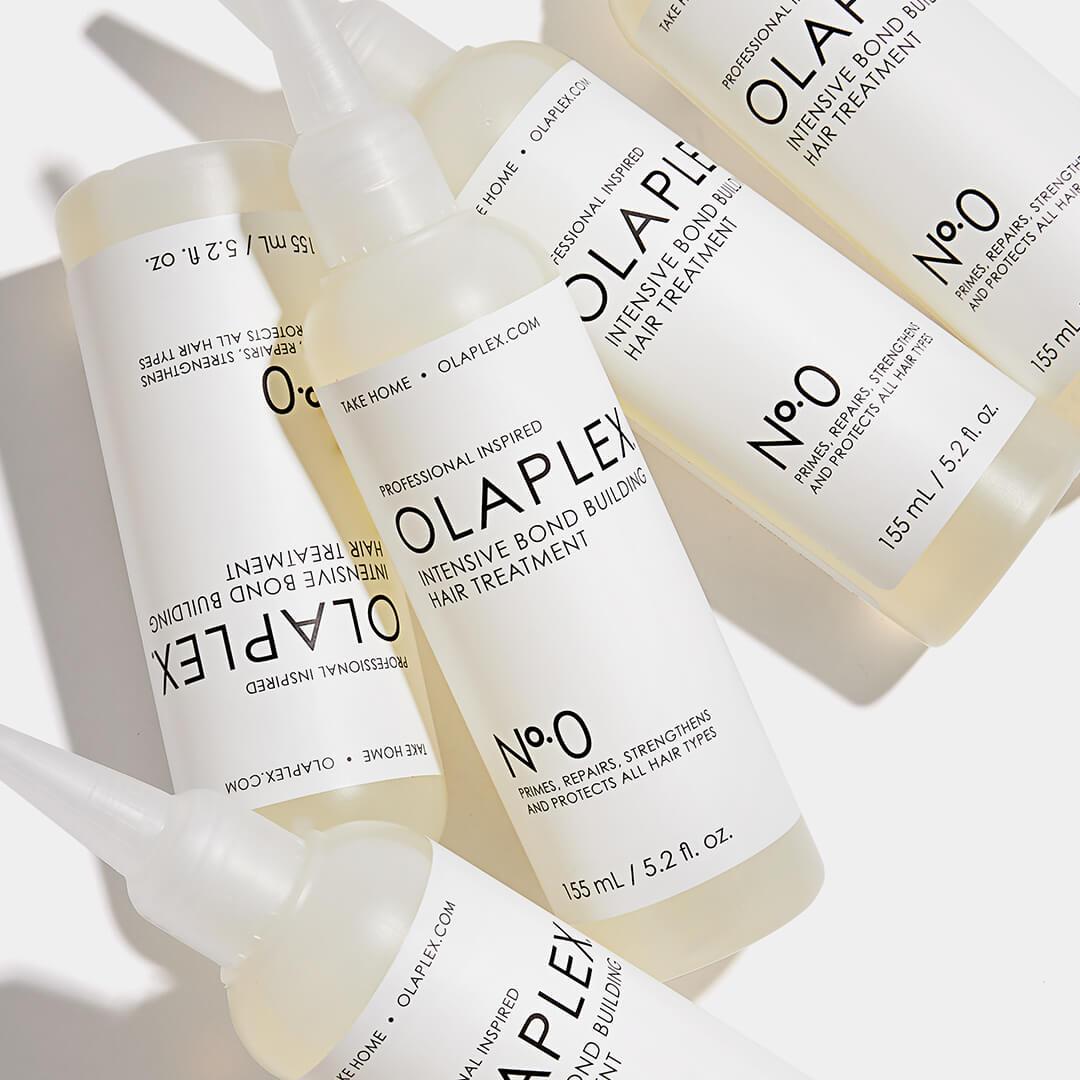

Beloved by professional stylists and colorists, bond-building treatments (like the OLAPLEX No.0 Intensive Bond Building Treatment and K18 HAIR Leave-in Molecular Repair Hair Mask) work on a molecular level to rebuild the broken bonds along the hair shaft that give strands their strength and structure. Once those bonds are aligned? Your hair will be noticeably shinier, smoother, and softer, and your color more vibrant. “These products are great to help repair hair by filling in the cuticle to create a stronger bond,” O’Conner adds.
10. Don’t Wash Your Hair Every Day


Time to get familiar with dry shampoo. Only you (well, and your hairstylist) know how often your scalp gets greasy. Some prefer to wash every other day and some just once a week, but don’t wash every day if you can help it. “If you are at once a day, slowly cut out one wash one day per week,” says Tengler. Washing too often can remove the important oils from your scalp too early before they get the chance to work their way down the hair shaft and nourish the entire length.
But just because you’re not washing every day, doesn’t mean you shouldn’t brush your hair. “Brushing can evenly distribute natural oils from scalp to ends, which can be good for the ends,” O’Conner says. She recommends non-curly folks wash three times a week “to prevent scalp issues like buildup and dandruff.”
11. Loosen up Your Style
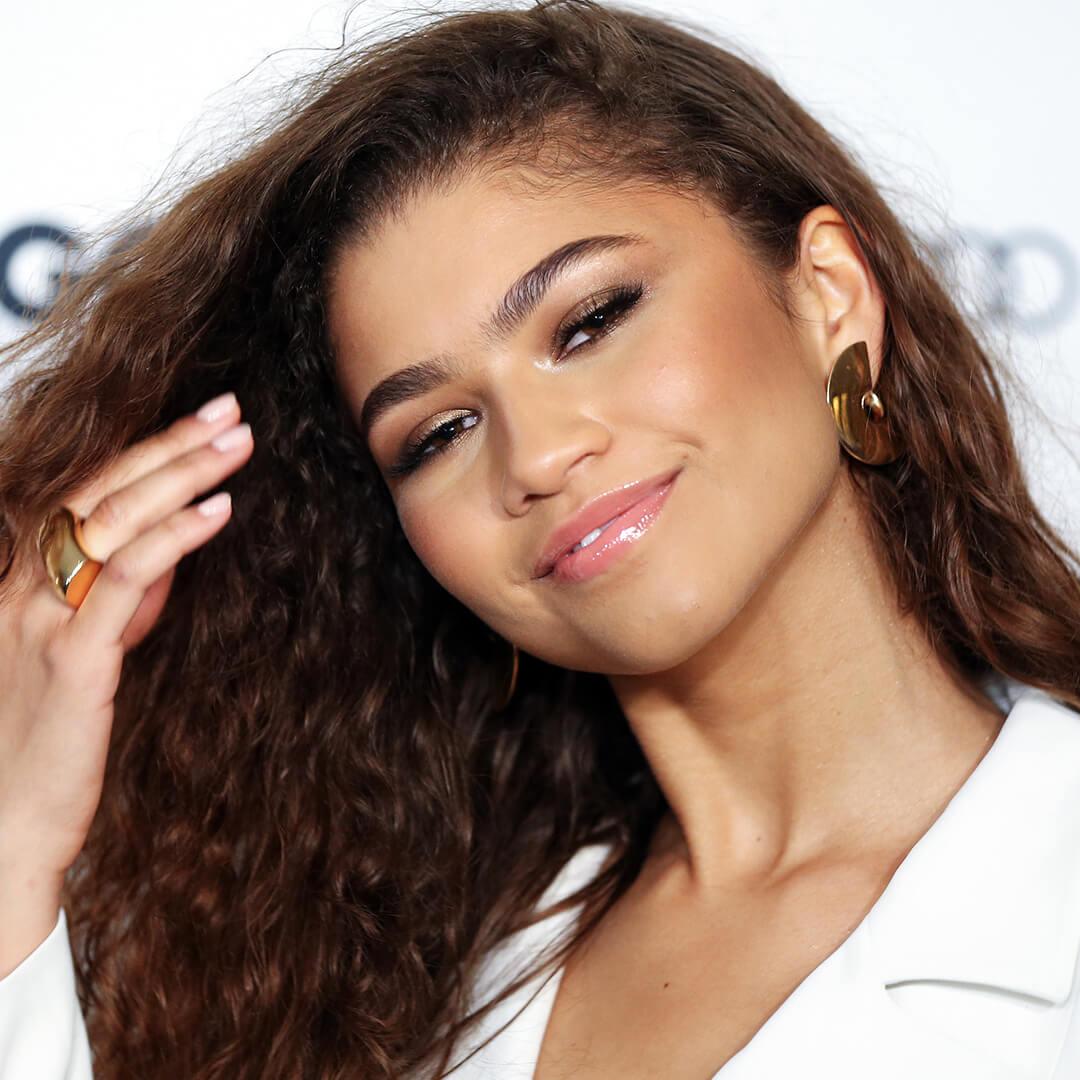

If you’re seeing a ton of split ends and breakage while styling, take a break from tight hairstyles like ponytails and buns—especially while you’re sleeping or when your strands are still damp. “Putting your hair in a pony or bun while it is still wet and fragile causes breakage at the elastic,” notes Tengler. This goes for braids and buns without proper care, too.
12. Lower the Temperature on Hot Tools
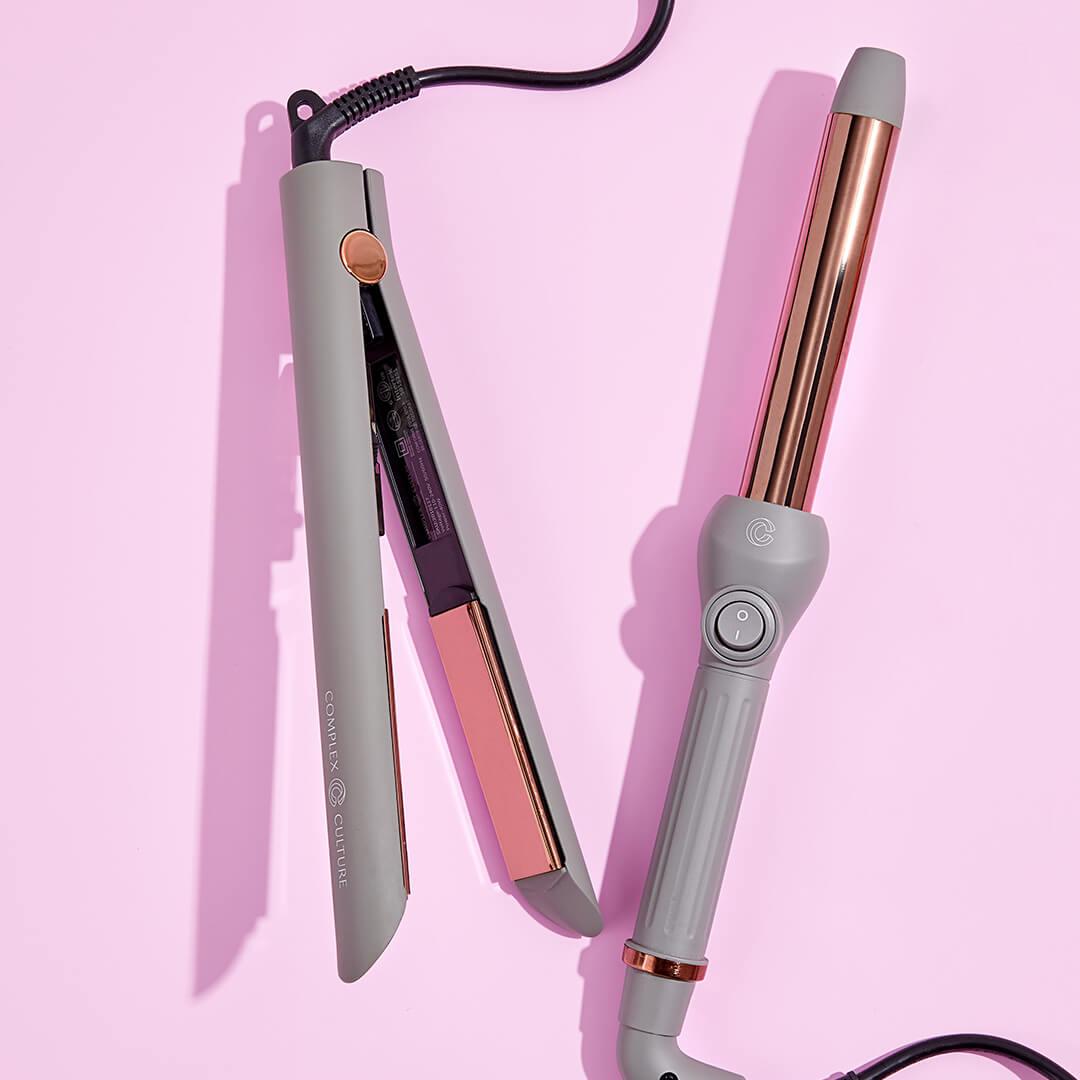

You know you should minimize the use of curling irons, flat irons, and blow dryers if you have color-treated hair. But if you absolutely must use hot tools, please don’t just turn them all the way up to the highest temperature. Most hot tools have at least three heat settings. Think of these temperatures as hair types: there’s one for fine, one for medium, and one for thick hair while heat styling. If you have fine hair, especially color-treated, use the low or medium heat setting and so on. And don't forget the heat protectant, which can help prevent further heat damage when you're using an iron or blow dryer.
13. Try a Leave-In Conditioner


Even if you condition your hair or use a hair mask, leave-in treatments are clutch for repairing dry, frizzy hair and minimizing future damage. Whether your hair is curly, straight or somewhere in between, leave-in conditioners detangle, soften and smooth your hair. “The right leave-in conditioner will help to moisturize and repair your hair,” O’Conner says.
14. Start Paying Attention to Your Scalp
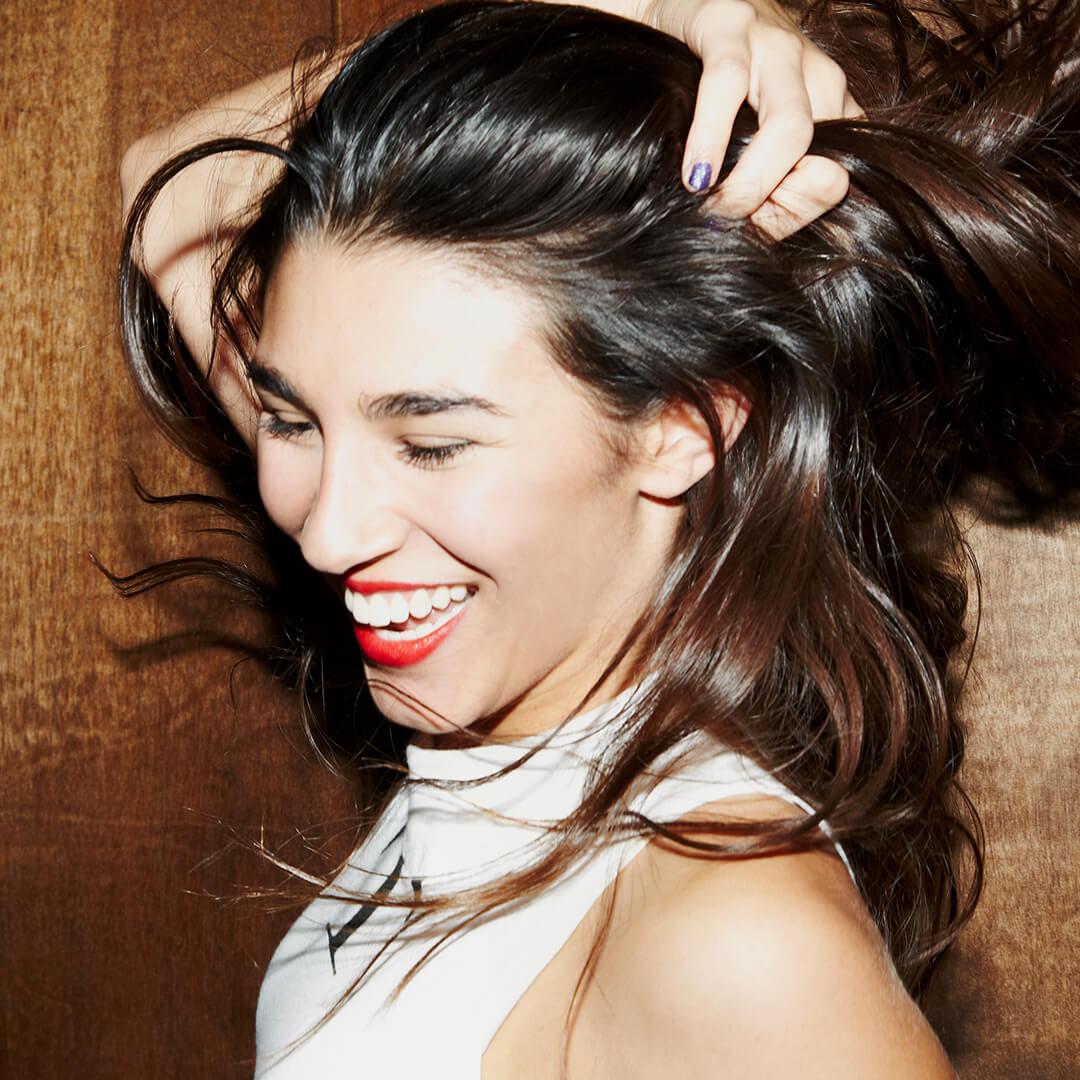

Strong, healthy plants can’t grow out of depleted soil. The same goes for your hair. If your scalp is in good shape, the hair that comes out of it will be the same. Scalp care is especially important if you’ve cut down on shampooing and upped your dry shampoo intake. Products (plus dirt and debris from everyday life) can build up on your scalp and cause inflammation and irritation. Try a weekly scrub, like the CHRISTOPHE ROBIN Cleansing Purifying Scalp Scrub with Sea Salt, to loosen all that buildup and leave things squeaky clean.
15. Stick With a Pro for Bold Color Moves
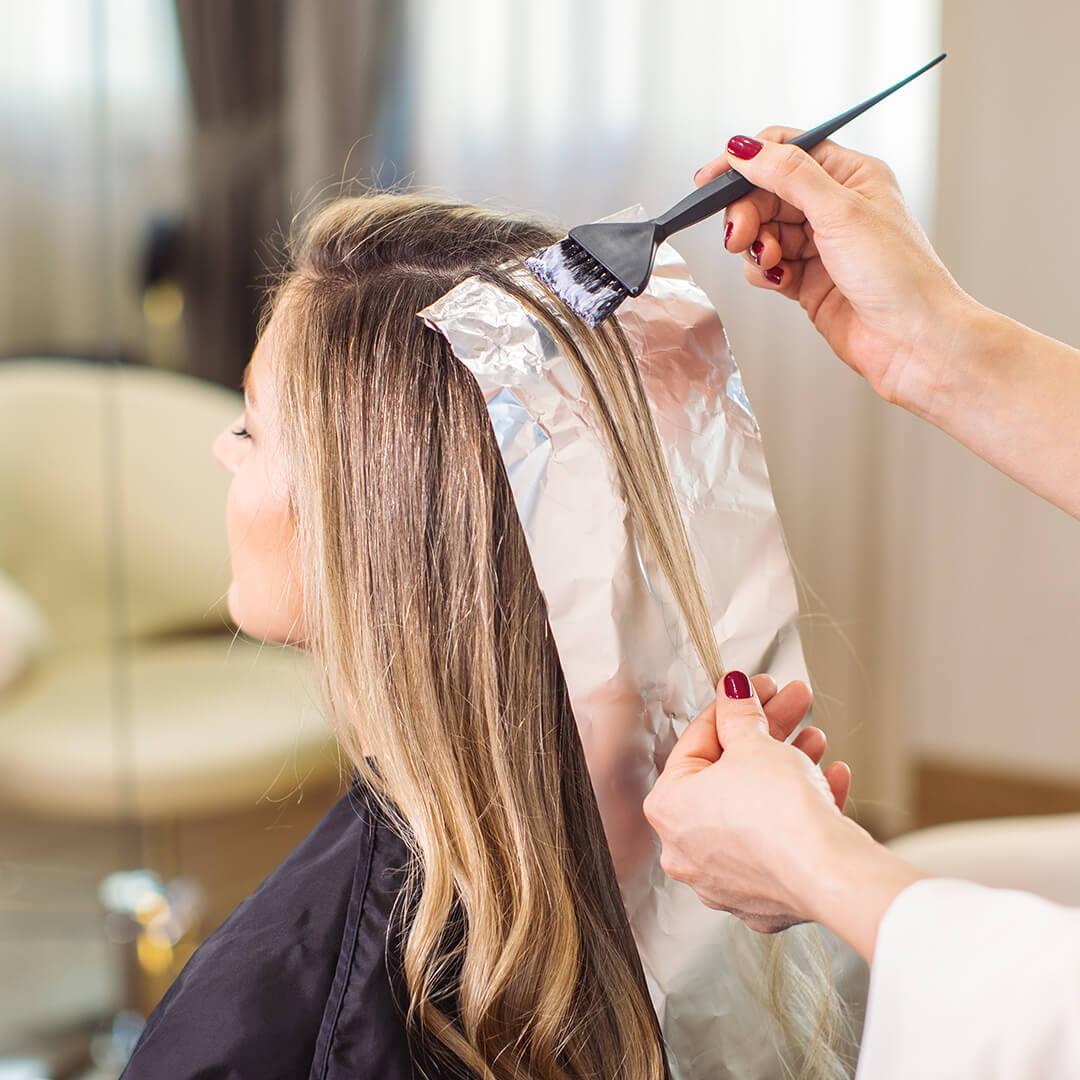

Going with a lighter hair color? Thinking of bleaching your hair? “Always go to a professional who can ensure the health of your hair while making the big change,” O’Conner says. All lightening products have the potential to damage hair, which is why using them is best left up to a colorist. There are just too many things that can go wrong at home: too much developer, color that sits on too long, or added heat to your foils. All of these things can lead to wonky color, as well as serious damage and breakage.
16. Switch to a Lower-Maintenance Look

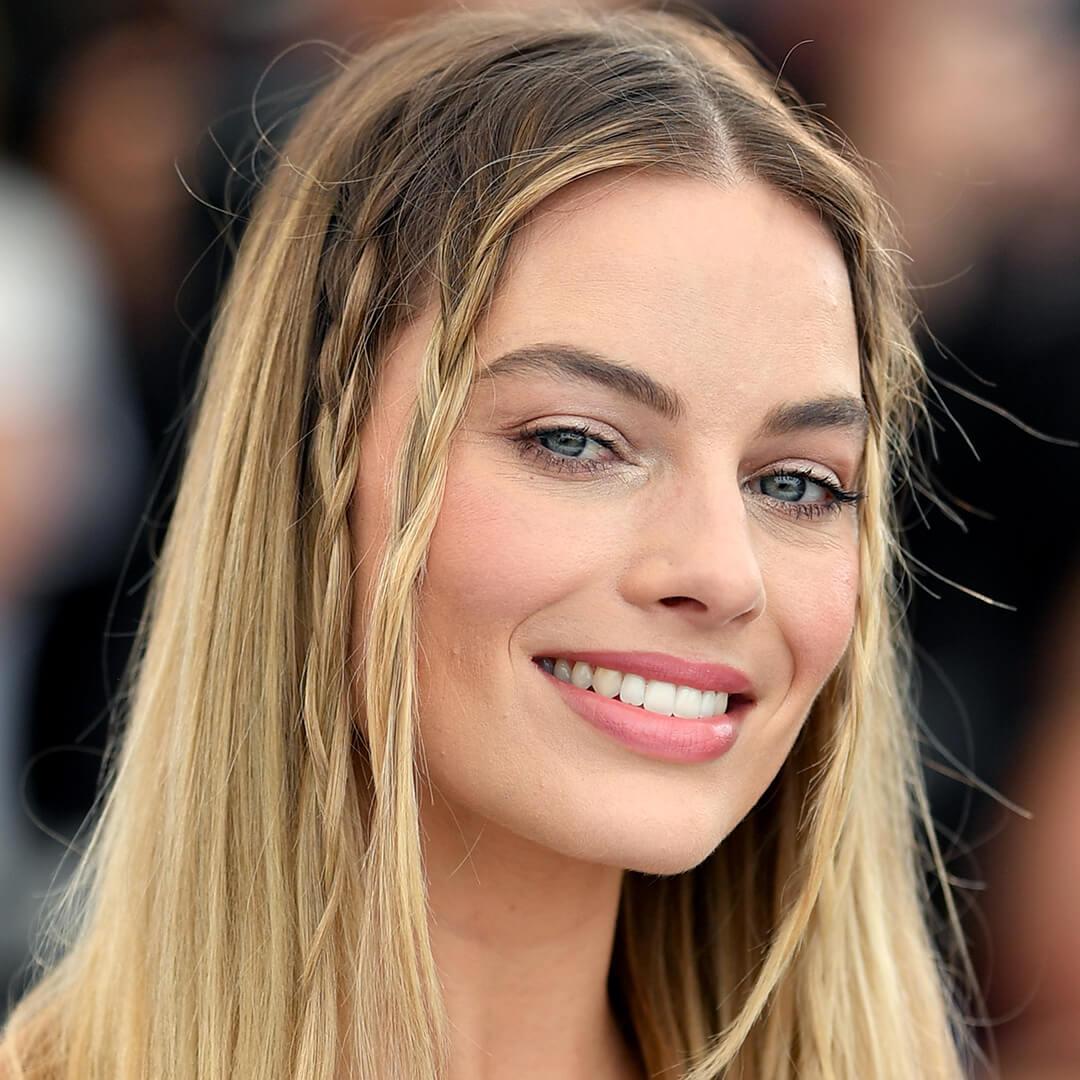
If your hair is looking fried but you still love a light look, there are some color styles that will minimize damage. “Try balayage or a rooted look next time you’re in the salon, which can be as low maintenance as lightening only once or twice a year,” says Tengler. “I also only use demi-permanent color unless I am covering grey hair. Semi and demi are both technically less damaging because they have lower levels of ammonia and peroxide, which can contribute to damage over time if continuously overlapping color.”
17. Don’t Go To Bed With Wet Hair
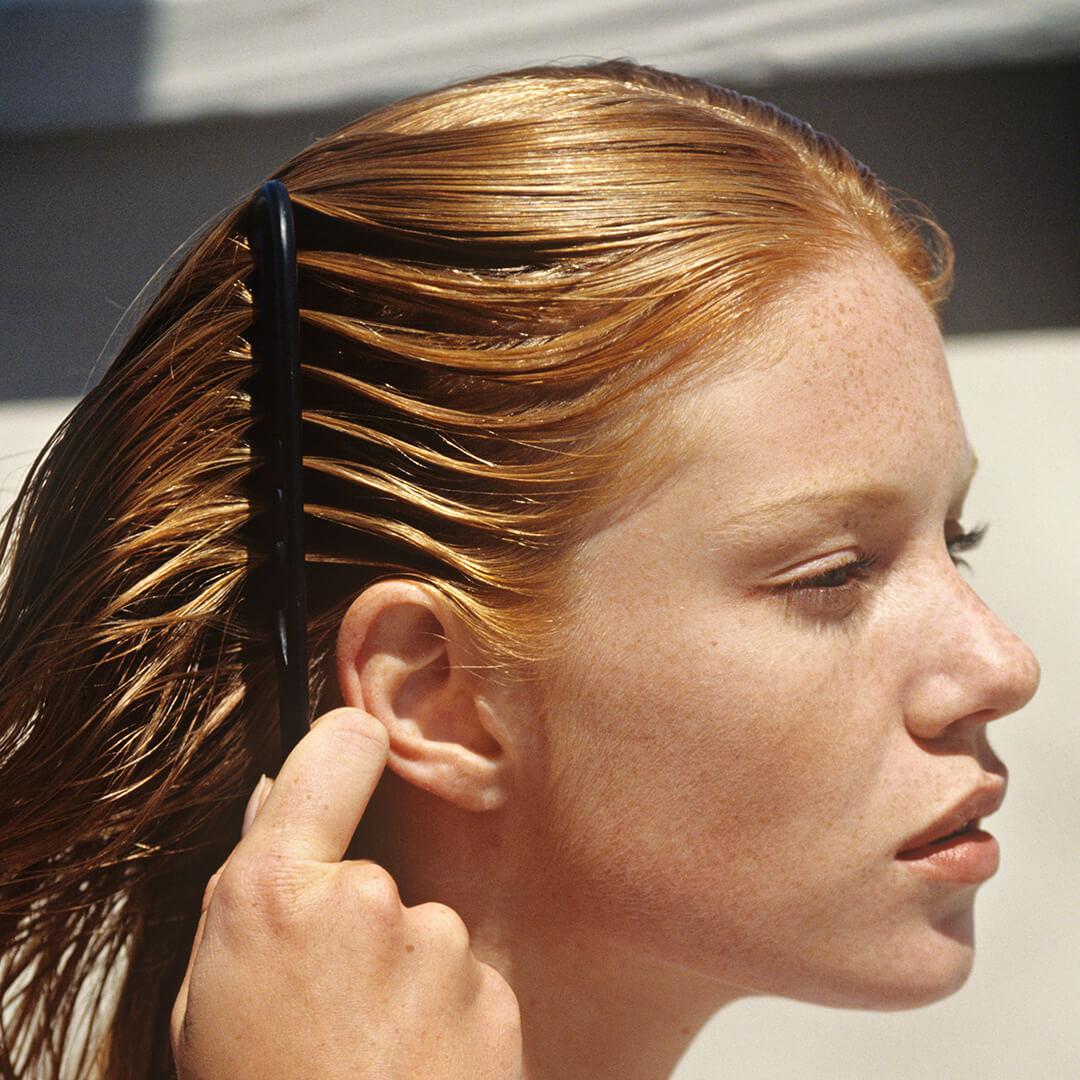

It may be tempting to head to bed after you take a shower, but even if your hair dries perfectly, it’s not great for its health. “Wet hair stretches more which can cause friction, causing it to become weaker and break over time,” O’Conner says. At least just rough dry it and tie it up in a soft scrunchie, like KITSCH Satin Sleep Scrunchies, for less damage over time.
18. Ask Your Stylist for an In-Salon Treatment


Sure, there are tons of at-home options of hair masks and bonding treatments but sometimes what you need is for your hairstylist to bring out the pro option. Olaplex and K18 even have salon-only treatments you can try, as well as other professional-quality conditioning treatments that can kick off your healthy hair journey.
Phew! That might seem like a lot of work to repair your damaged hair. But by incorporating a few key products and changing up some of your routine, there’s healthy hair in your future—even if you continue to dye your hair and wear as many ponytails as Ariana.
Looking for more ways to improve your beauty routine? We got you! Take our Beauty Quiz now to get started with your very own IPSY Glam Bag. Already an Ipster? Refer your friends to earn points, which you can use toward products. Either way, don’t forget to check us out on Instagram and Twitter @IPSY.
Like this article? Share it with your friends by clicking the icons below!
Liked this post? Share!
Related Stories
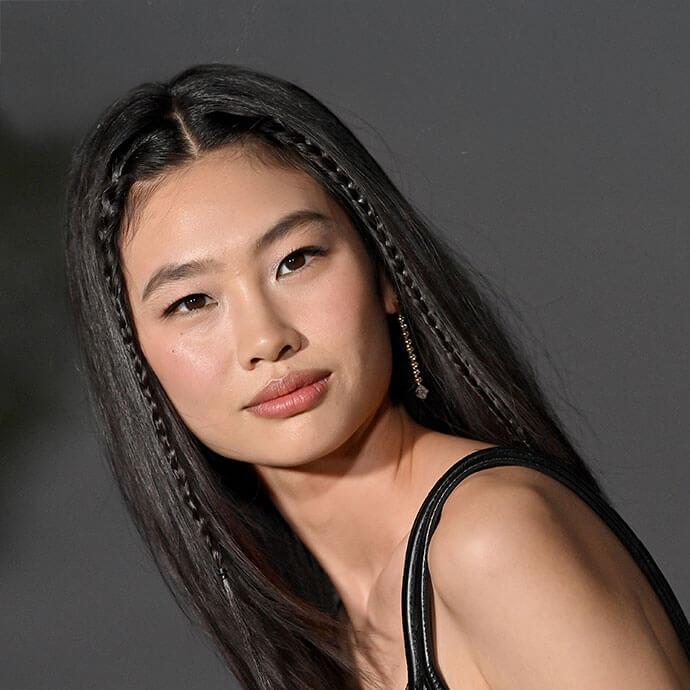

Hair
10 Easy and Cute Hairstyles That Take Zero Effort (and Time)
Published on Dec 15, 2025 • 6 min read


Hair
21 Easy Hairstyles to Enhance Your Natural Curls and Coils
Published on Dec 3, 2025 • 11 min read


Hair
The Ultimate Guide to Styling Short Hair
Published on Dec 1, 2025 • 11 min read


Hair
From Bangs to Blonde: The Hair Trends Taking Over 2025
Published on Dec 16, 2024 • 5 min read


Hair
Scalp Exfoliation Is the Key to Healthier Hair—Here’s How to Do It Correctly
Published on Nov 21, 2025 • 9 min read


Hair
The 10 Best Hair Masks and Conditioners to Promote Hair Growth
Published on Mar 11, 2024


Hair
20 Trendy Hairstyles That’ll Make You the Life of the (Holiday) Party
Published on Oct 15, 2025 • 9 min read


Hair
Easy Thanksgiving Hairstyles to Look Polished While You Feast
Published on Oct 2, 2025 • 6 min read


Beauty Picked Just for You
Get 5 products worth up to $70
Plus exclusive access to epic deals up to 80% off
Starting at just $14/month. Cancel anytime.